Why I Still Like Emerging Markets
Periods of global instability create intriguing possibilities in emerging markets. Here are a few.

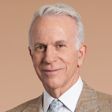
One of the themes of this column is that no one can time the markets. I'm fond of quoting the late John Bogle, founder of Vanguard and the apostle of index funds, who said, "Sure, it'd be great to get out of stocks at the high and jump back in at the low…. But I've been in this business 55 years and … I not only have never met anybody who knew how to do it, I've never met anybody who had met anybody who knew how to do it."
Some readers may think I'm quoting Bogle as an excuse for a column I wrote last year on the stocks of emerging markets. I issued some warnings, but I was generally upbeat. As it turned out, the stocks performed poorly. The exchange-traded fund iShares MSCI Emerging Markets (EEM), which is linked to a popular index, has lost 8.5% in the past 12 months, compared with a gain of 2.9% for the U.S. benchmark, the S&P 500 index.
Still, the relative attractiveness of shares in emerging markets has not waned. To the contrary: In times of global instability, investors grow especially wary of emerging markets, which is exactly why I like them now.
From just $107.88 $24.99 for Kiplinger Personal Finance
Be a smarter, better informed investor.

Sign up for Kiplinger’s Free Newsletters
Profit and prosper with the best of expert advice on investing, taxes, retirement, personal finance and more - straight to your e-mail.
Profit and prosper with the best of expert advice - straight to your e-mail.
In its latest analysis, the research firm MSCI says that the 1,377 stocks that make up its Emerging Markets Index – the basis of the iShares ETF – have an average price-earnings ratio of just 12, compared with 19 for the S&P 500. The ratio of price to book value (or net worth on the balance sheet) for the emerging index is 1.6, compared with 3.8 for the S&P 500.
In other words, emerging-markets stocks are considerably cheaper than U.S. stocks. Of course, emerging markets are riskier; their standard deviation, a measure of volatility, averaged about one-fourth higher than the S&P 500 over the past five years. So if you can't stand the risk, stay out of emerging markets. But these stocks give your portfolio a chance to get extra gains.
Emerging markets are covered by a big tent
The term emerging markets is an inclusive one. Some of these markets have already emerged, including China, South Korea and Taiwan. Others, such as Kenya, Jordan and Pakistan, are tiny. Together, emerging markets represent about 11% of global market capitalization (that is, price times shares outstanding for all stocks).
As I pointed out last year, emerging markets are expected to be the only source of population growth – a key component of economic growth – over the next century.
The first question to address is China. Last year, I told readers to stay away and invest only in funds with little or no exposure to its stock markets, such as the iShares MSCI Emerging Markets ex China (EMXC). Owning zero Chinese shares, the ETF did lose a bit less than the emerging-markets benchmark as a whole.
The ex-China ETF remains a good alternative for emerging-markets investors who want to avoid China for moral or ideological reasons. My own view is that China is an inextricable part of the global economy and will remain so despite what you hear from both sides of the congressional aisle. But there are two areas of jeopardy.
The first is that the COVID pandemic and the Ukraine war have encouraged U.S. companies to limit exposure to riskier, attenuated Chinese supply chains. The second is that the Chinese government itself has taken a self-destructive stance toward technology companies, which the Communist Party believes are becoming too powerful. But I doubt China can continue to hobble these businesses, which are valuable national assets, and there are signs the crackdown is easing.
As a result, I'm letting Chinese tech stocks – which are not subject to supply-chain worries because the "travel" they do is almost exclusively electronic – out of the doghouse. For example, Tencent (TCEHY, $40), a diversified online advertising and financial technology firm with a market cap of $380 billion, has rallied since late last year but still trades at less than half its 2021 peak. Alibaba (BABA, $80), a global internet retailer, has dropped nearly two-thirds from its high. The stocks rank second and fourth among the constituents of the EMI. (Stocks and funds I'm recommending are in bold; prices are as of May 31.)
Shares of a smaller Chinese tech company, Baidu (BIDU, $123), a search-engine firm that moved aggressively into artificial intelligence more than a decade ago, dropped more than 30% this spring. Baidu has research facilities in Seattle and Silicon Valley as well as Beijing, and its AI assets could propel it much further than its current $43 billion market cap.
The main beneficiaries of concerns about the security of supply chains to Asia will be Latin American stocks, especially those of Mexico. T. Rowe Price Latin America (PRLAX), a managed mutual fund, has risen 11.9% so far in 2023 after outperforming the S&P 500 by nearly 20 points in 2022. Its portfolio is dominated by Brazil and Mexico. It has a heavy weighting of financials (32%), such as Itau Unibanco (ITUB, $5), and consumer staples stocks (21%), including Wal-Mart de Mexico (WMMVY, $38), which is yielding 3.4%.
Another good choice is the iShares Latin America 40 (ILF, $25), an ETF geared to an S&P index of the 40 largest stocks in the region. The fund is more weighted toward resource stocks, such as Vale (VALE, $13), the Brazil minerals giant. Another leading asset in the portfolio is America Movil (AMX, $21), the Mexican telecom company with a market cap of $70 billion. The ETF's performance over the past three years has been exceptional: an annual average return of 14.4%. The fund has a robust dividend yield, and its expense ratio, at 0.47%, is about one-third that of the T. Rowe Price fund.
The best way to buy Mexico alone is through the closed-end Mexico Fund (MXF, $16), which trades like a stock. It has produced remarkably steady returns for an emerging markets fund. The portfolio includes Grupo Mexico SAB (GMBXF, $5), whose interests range from copper to rail transport to oil drilling infrastructure and wind farms. The stock yields 5%.
Do emerging markets have more room to run?
But is Latin America overvalued? I don't think so. The iShares Latin America fund had six losing years between 2013 and 2021 and has registered an overall loss since 2008. Waiting for Latin America to shine has been frustrating, but a glow may have begun.
An emerging market that has intriguing possibilities is Poland, the fifth-most-populous nation in the European Union. The Russian invasion of Ukraine caused the iShares MSCI Poland (EPOL, $17) to fall sharply last year, but so far in 2023, the ETF has bounced back 9.2%. Polish stocks are part of the portfolio of the T. Rowe Price Emerging Europe (TREMX), a mutual fund whose assets also include Greek and Hungarian banks and Koc Holding (KHOLY, $19), a Turkish conglomerate with a market cap of $10 billion and a P/E of 4.
As for Asia: I still like India, especially HDFC Bank (HDB, $64), with a market cap of $109 billion, and the closed-end India Fund (IFN, $15). In Thailand, GDP is expected to grow 3.8% this year, according to The Economist's consensus of experts. Thai Beverage (TBVPY, $43), with a market cap of $10 billion and a yield of 4.1%, is a good way to gain exposure to the country. The company makes and distributes beverages (both alcoholic and nonalcoholic) and snacks. Another good buy is Sea Ltd. (SE, $57), a Singapore-based digital commerce, financial and entertainment company with a strong following in Southeast Asia.
Am I predicting emerging markets will soar over the next year? Of course not. I'm reminding you that emerging markets are where the growth is, that artificial intelligence may prove to be a great way to distribute the benefits of education and work training around the world, and that stock prices look very tempting.
James K. Glassman chairs Glassman Advisory, a public-affairs consulting firm. He does not write about his clients. His most recent book is Safety Net: The Strategy for De-Risking Your Investments in a Time of Turbulence. He owns none of the securities mentioned here. You can reach him at JKGlassman@gmail.com.
Note: This item first appeared in Kiplinger's Personal Finance Magazine, a monthly, trustworthy source of advice and guidance. Subscribe to help you make more money and keep more of the money you make here.
Profit and prosper with the best of Kiplinger's advice on investing, taxes, retirement, personal finance and much more. Delivered daily. Enter your email in the box and click Sign Me Up.

-
 Markets Are Quiet Ahead of Fed Day: Stock Market Today
Markets Are Quiet Ahead of Fed Day: Stock Market TodayInvestors, traders and speculators appear to be on hold amid an unusually fraught Fed meeting.
-
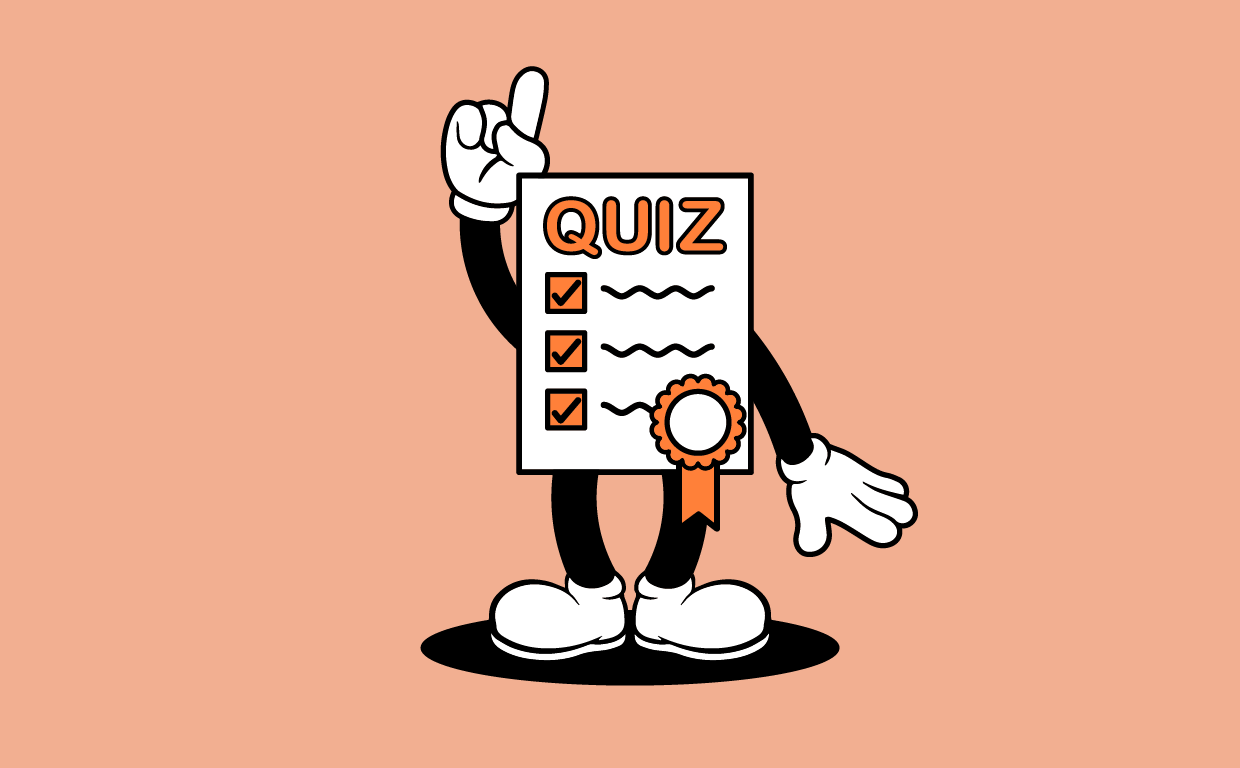 Quiz: Test Your Knowledge of the OBBB, Wealth Transfer and Early Retirement
Quiz: Test Your Knowledge of the OBBB, Wealth Transfer and Early RetirementQuiz The financial professionals who contribute to Kiplinger's Adviser Intel recently wrote about the OBBB's impact on retirement, how to ensure your wealth passes to your family and early retirement questions.
-
 The 'Nothing Ever Happens' Market: How Stocks React (Or Don't) to Geopolitical Events
The 'Nothing Ever Happens' Market: How Stocks React (Or Don't) to Geopolitical EventsGeopolitical events – terrorist acts, wars or military intervention – can give stocks a jolt. But that doesn't mean your portfolio will take a long-term hit.
-
 A Fidelity Fund Misses Out on Soaring Bank Stocks
A Fidelity Fund Misses Out on Soaring Bank StocksThe Fidelity International Growth Fund has outperformed over the long term, but its lagging exposure to bank stocks has weighed on more recent returns.
-
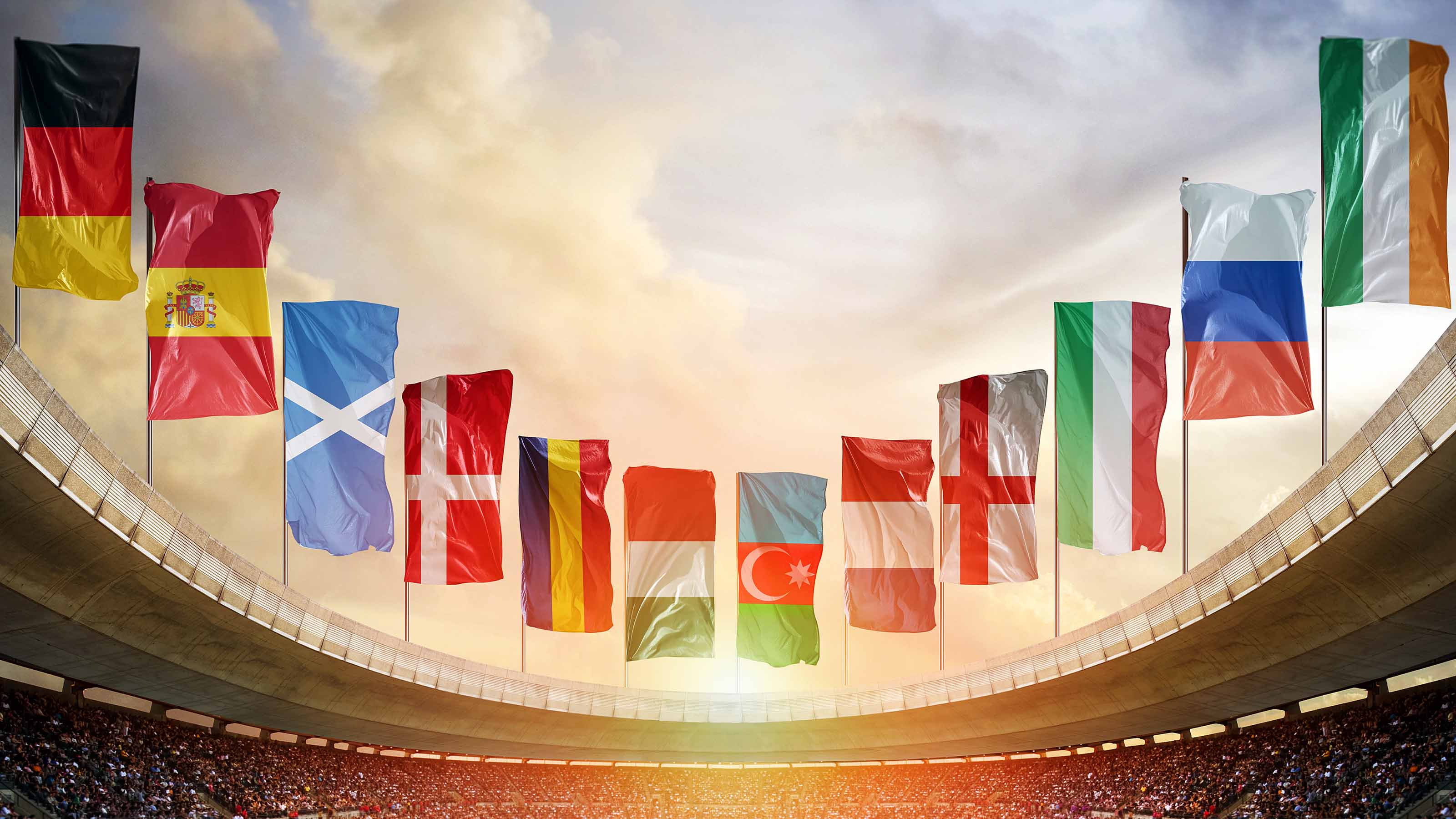 Where is the Foreign Dividend Boom Headed?
Where is the Foreign Dividend Boom Headed?It's been a golden six months for foreign dividend stocks, but can any be relied on for predictable income going forward? Here are some options.
-
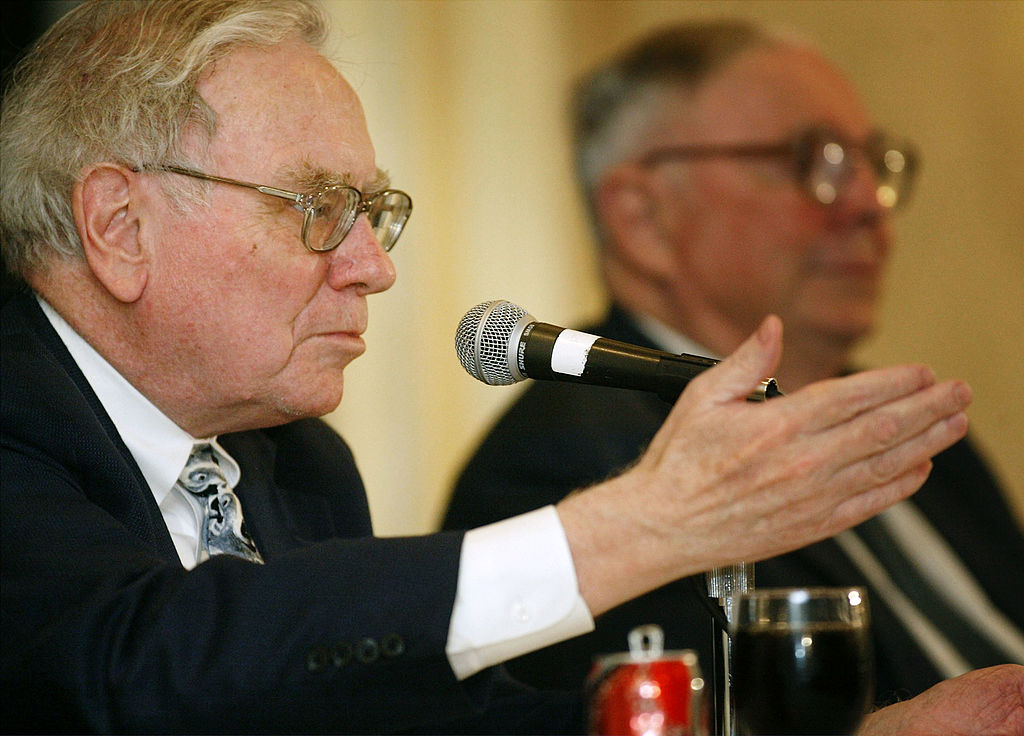 9 Warren Buffett Quotes for Investors to Live By
9 Warren Buffett Quotes for Investors to Live ByWarren Buffett transformed Berkshire Hathaway from a struggling textile firm to a sprawling conglomerate and investment vehicle. Here's how he did it.
-
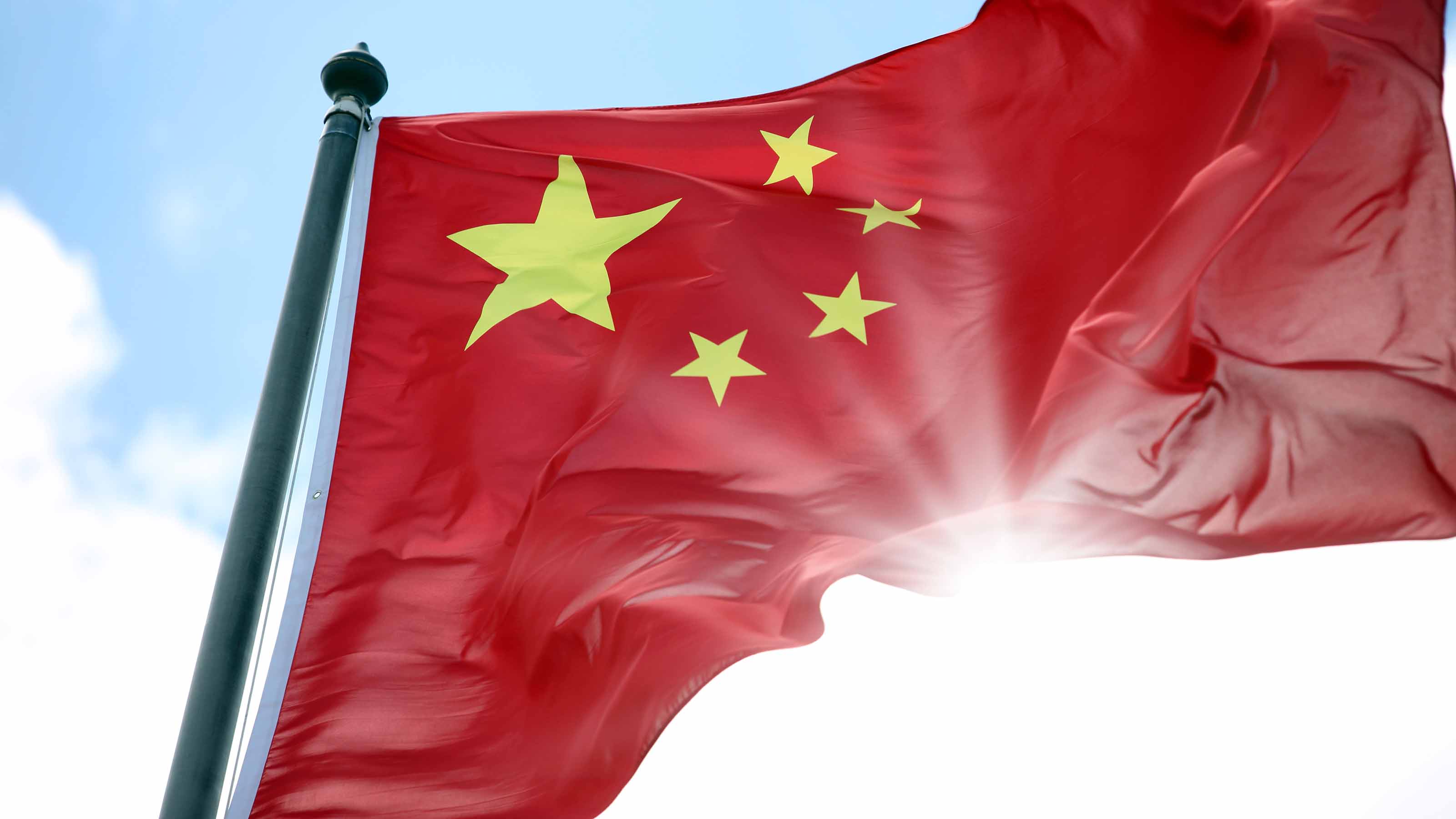 Are There Opportunities to Invest in China?
Are There Opportunities to Invest in China?Opportunities to invest in China are plentiful and, arguably, shouldn't be ignored in the U.S. Here's where to look.
-
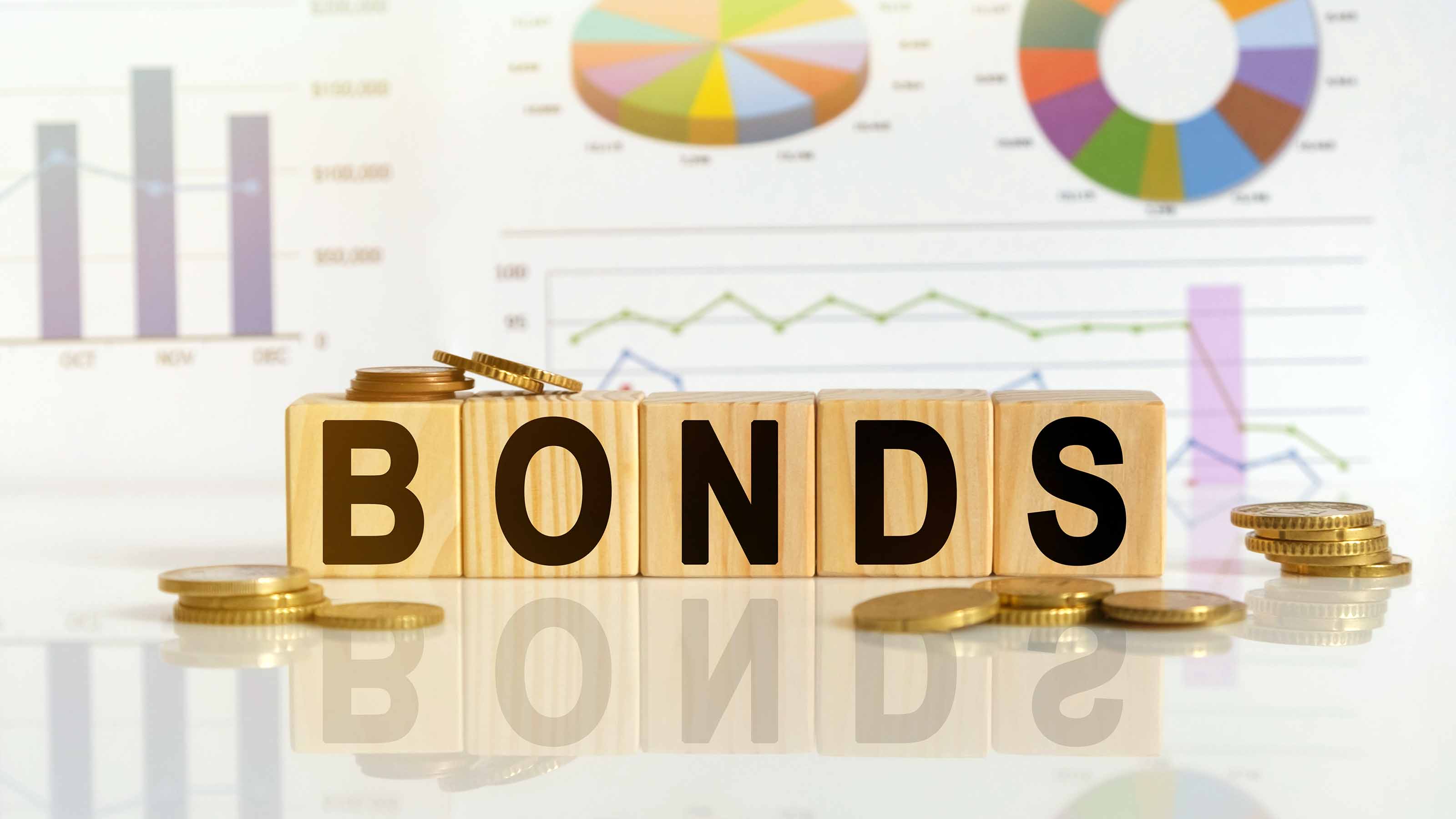 Bonds Pay in Good and Bad Times
Bonds Pay in Good and Bad TimesBonds can act as a financial safety net through good times and bad. But different bonds carry different returns and risks, so do your homework before investing.
-
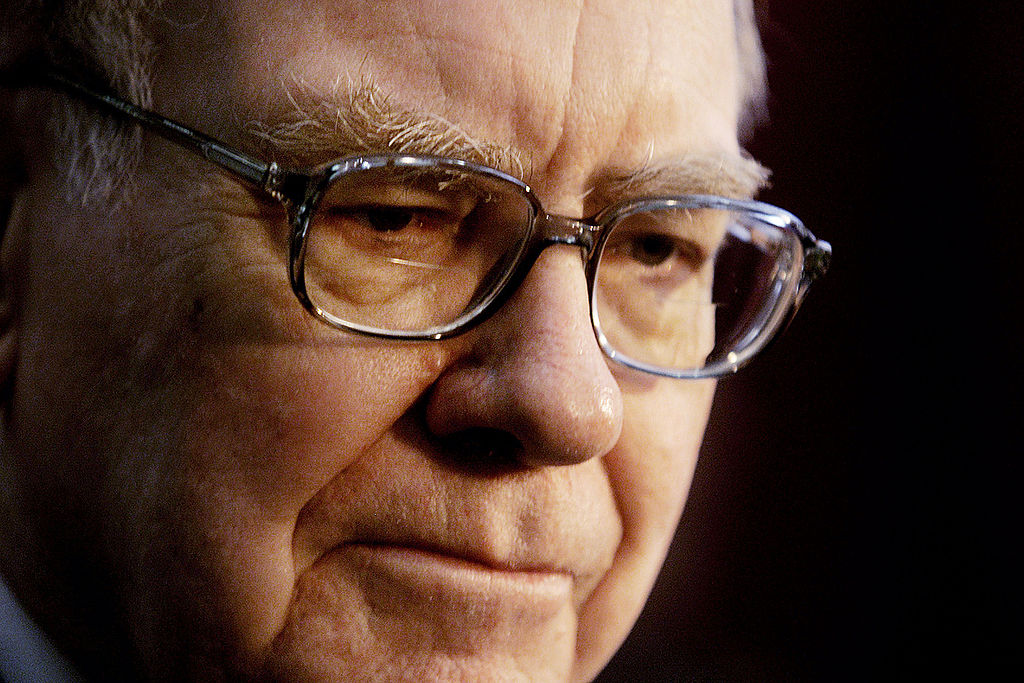 A Timeline of Warren Buffett's Life and Berkshire Hathaway
A Timeline of Warren Buffett's Life and Berkshire HathawayBuffett was the face of Berkshire Hathaway for 60 years. Here's a timeline of how he built the sprawling holding company and its outperforming equity portfolio.
-
 Dow Hits New Intraday High: Stock Market Today
Dow Hits New Intraday High: Stock Market TodayValue-hunters with big stakes in a particular component kept one of the main U.S. equity indexes in positive territory.